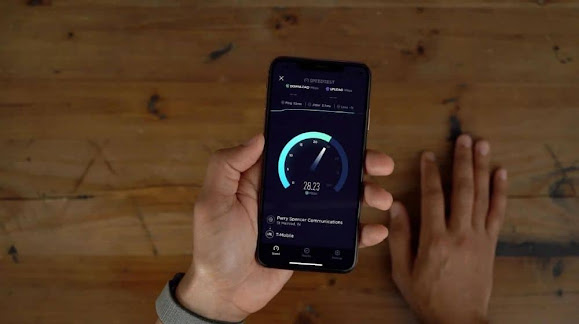Looks like Apple is bringing back Force Touch or 3D Touch technology. The news came after the US Patent & Trademark Office published images of some new patents revealing the next-generation force sensors for the Apple Watch, MacBook, and iPhone.
One of the patents reveals force sensors designed for “small form factor devices” like the Apple Watch and even AirPods since the normal force sensor takes up considerable space making them difficult to fit inside certain devices. Hence, with the new technology, Apple would be able to develop a pressure-sensitive surface using microelectromechanical fluid pressure sensors.
Another patent shows an Apple Watch with a pressure-sensitive side button, indicating that the company might replace the physical buttons with pressure-sensitive ones. An earlier patent also showcased a new digital crown that will make use of optical sensors instead of mechanical rotation, suggesting that the company is looking for new ways to increase the durability of the Apple watch.

Another patent reveals how microelectromechanical fluid pressure sensors can be used in the trackpads of MacBooks as well as under the iPhone display to precisely detect small changes in force, which leads us to believe that Apple might revive the 3D Force technology for future devices.
The patent figure shows that the technology integrates multiple small modules together instead of using a single component, which might allow Apple to bring 3D Touch back with a solution that not only costs less but is easily incorporated into multiple other products, e.g. the iPad, which previously never had 3D Touch due to the complexity of the feature.

Force Touch or 3D Touch was a technology that Apple used some years ago before replacing it with the current Haptic Touch. 3D touch allowed iPhone users to access different menus by simply applying different amounts of pressure to the phone’s display, but then it made the device super sensitive.
The patent figure for the Apple Watch shows the new sensors embedded into the watch’s physical button as well as in its strap. The new technology will enable the smartwatch to monitor blood pressure, heart rate, and pulse wave velocity, all through the pressure sensors found in its strap.

As exciting as it may sound, let’s not forget that it is still in the patent phase and could take a while before it gets featured in gadgets from the Cupertino giant. However, it is also likely that the company decides to not implement the technology into real consumer products at all. Whatever the case might be, we’ll be hearing more about this in the upcoming days.

